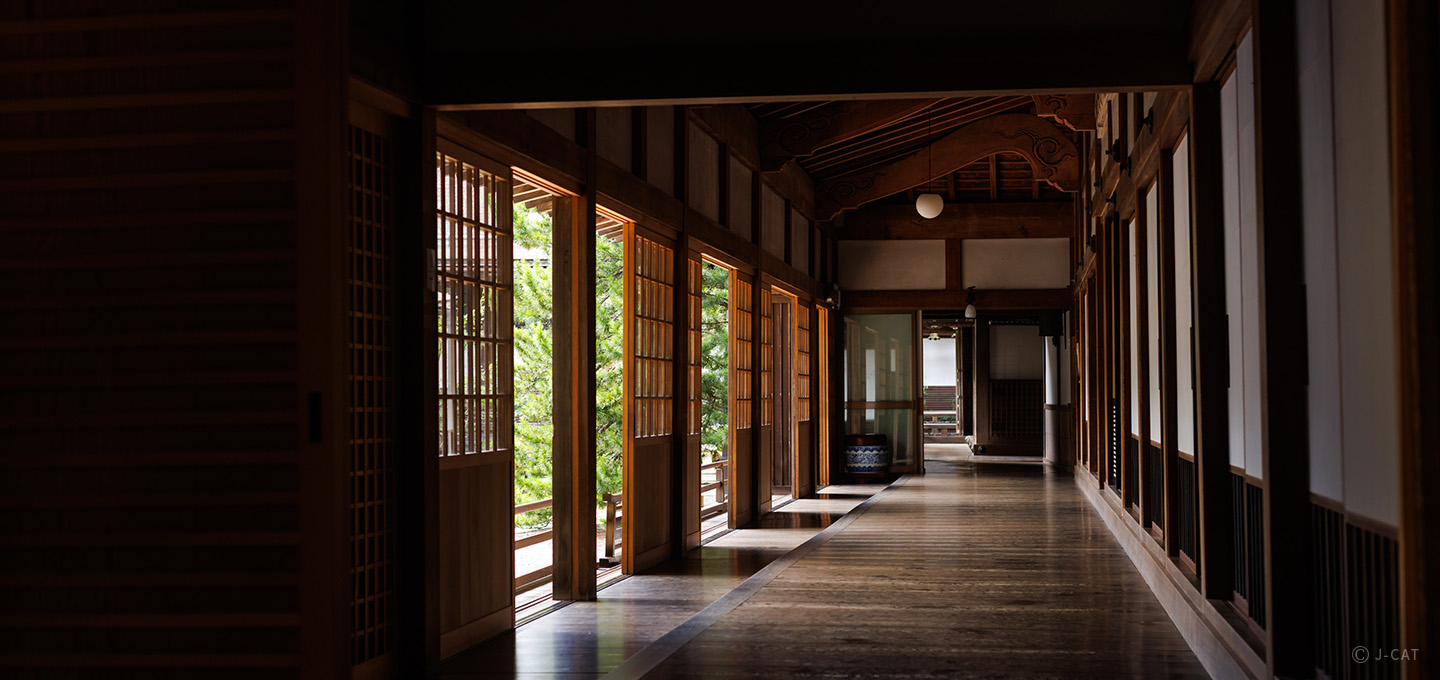
Special Experience
Kyoto/Osaka & around
Incense Powder Crafting and a Lunch of Traditional Fare at a Historic Koyasan Temple – A Time Spent Immersed in Buddhist Teachings
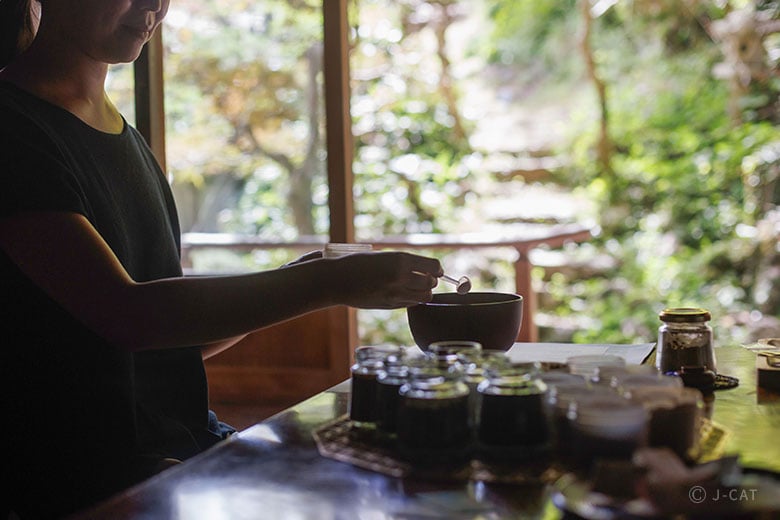
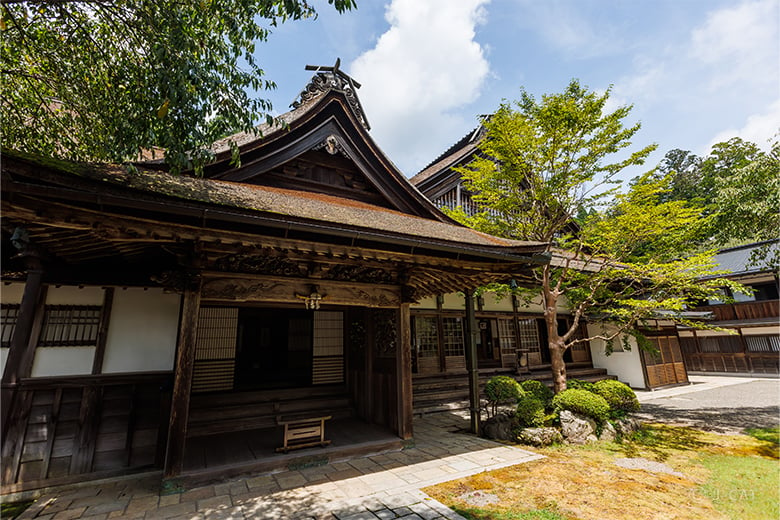
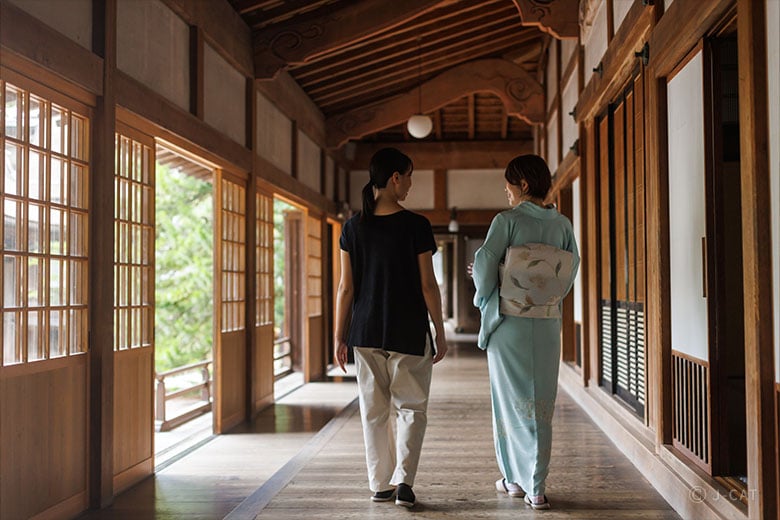
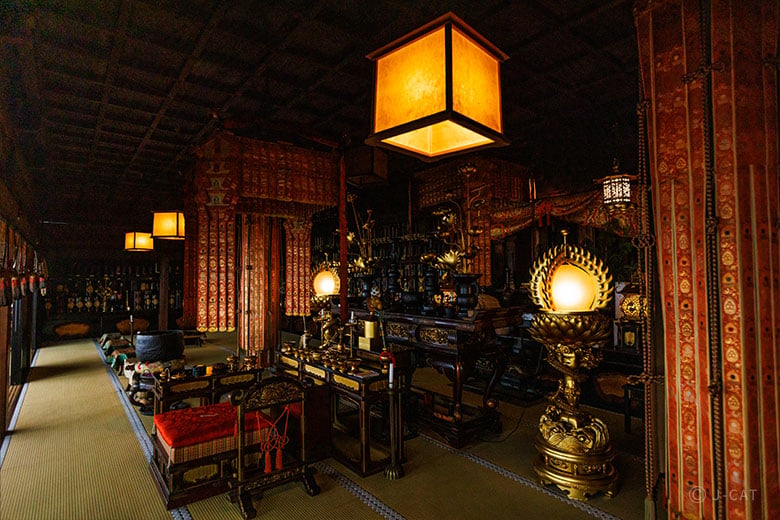
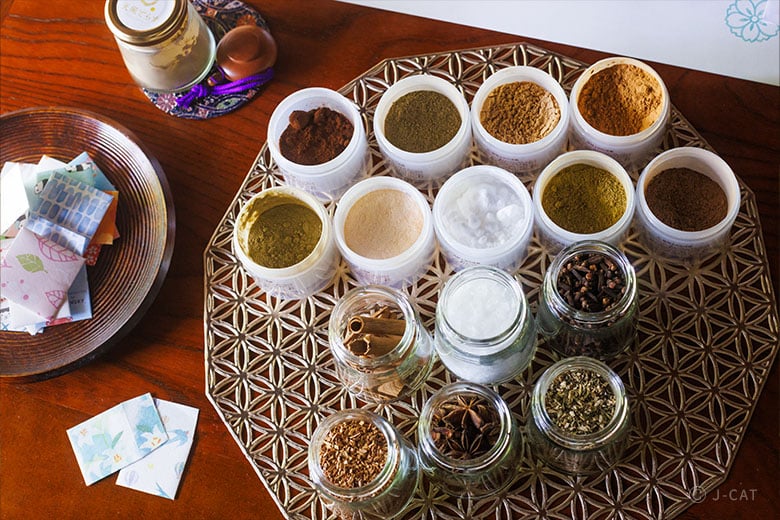
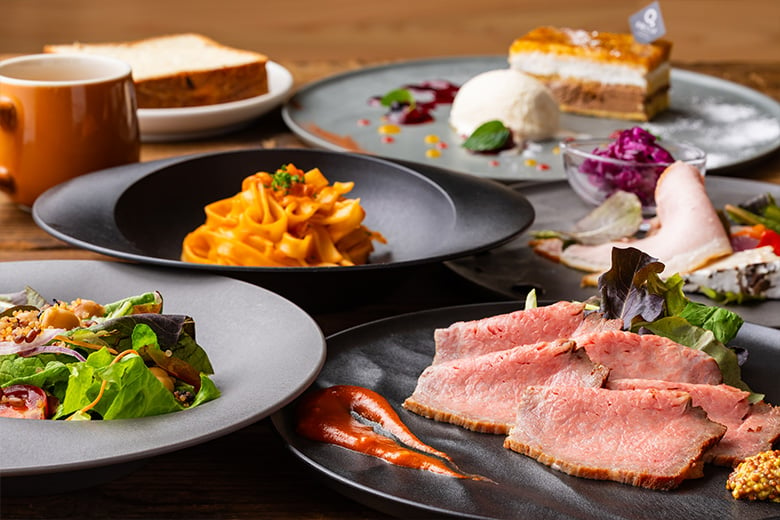
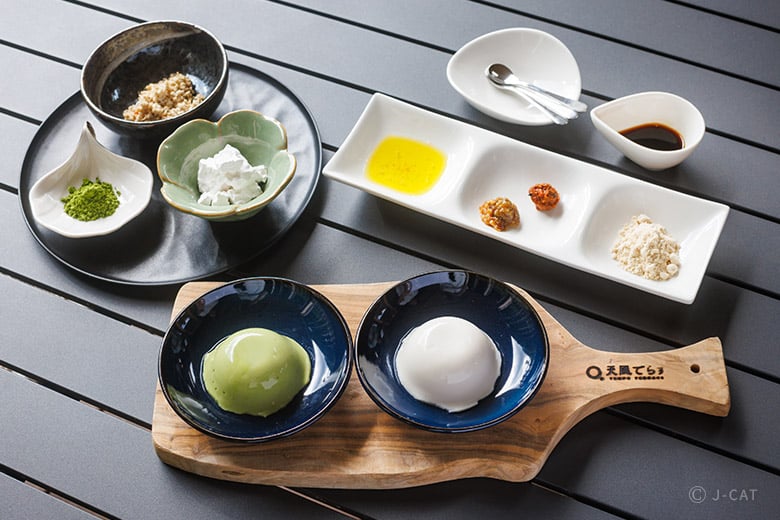

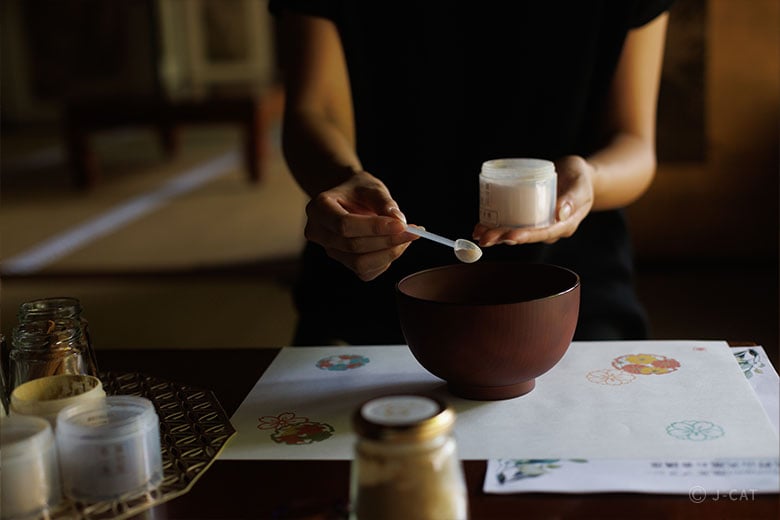
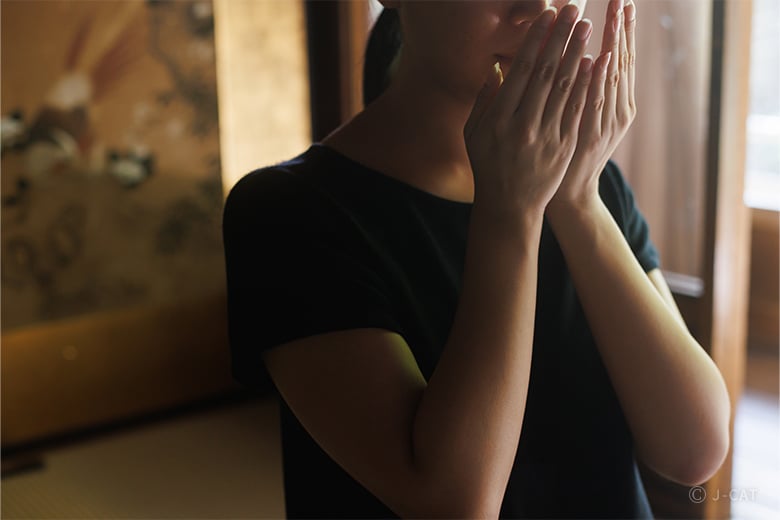
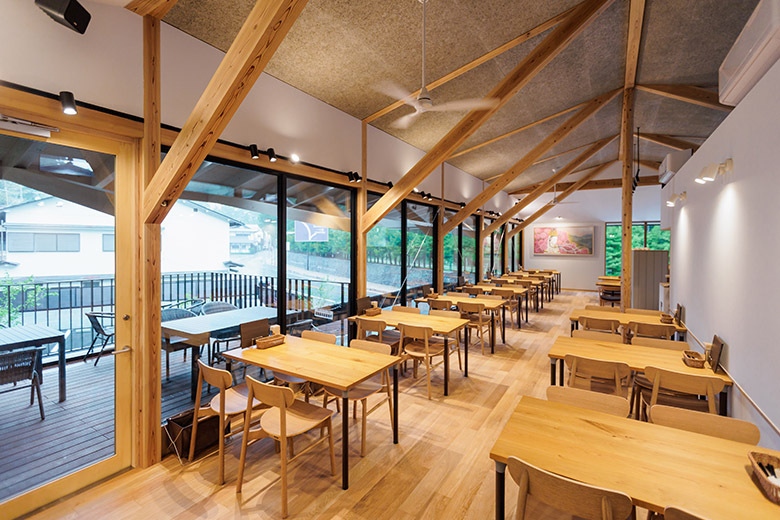
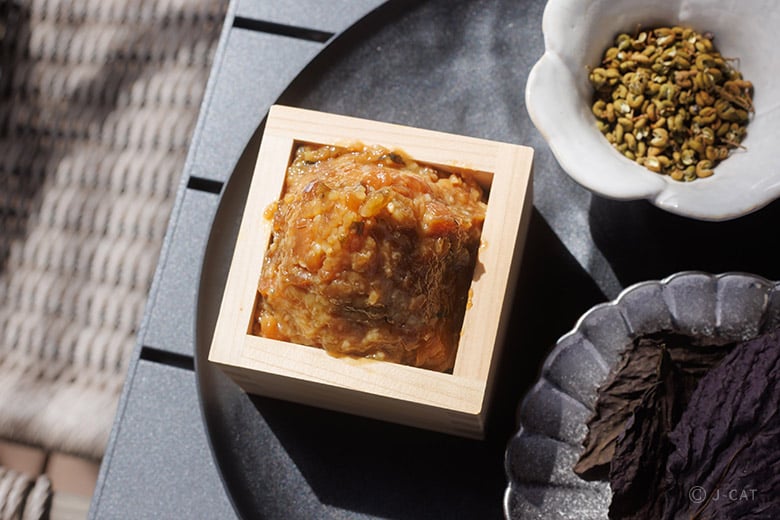
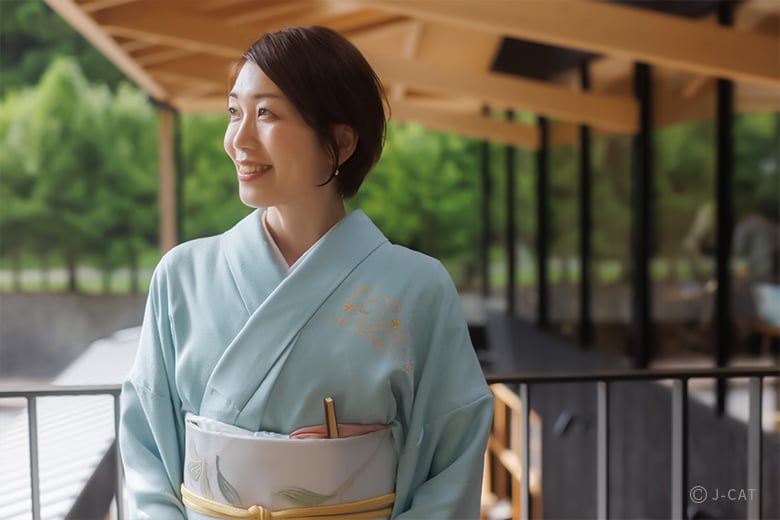
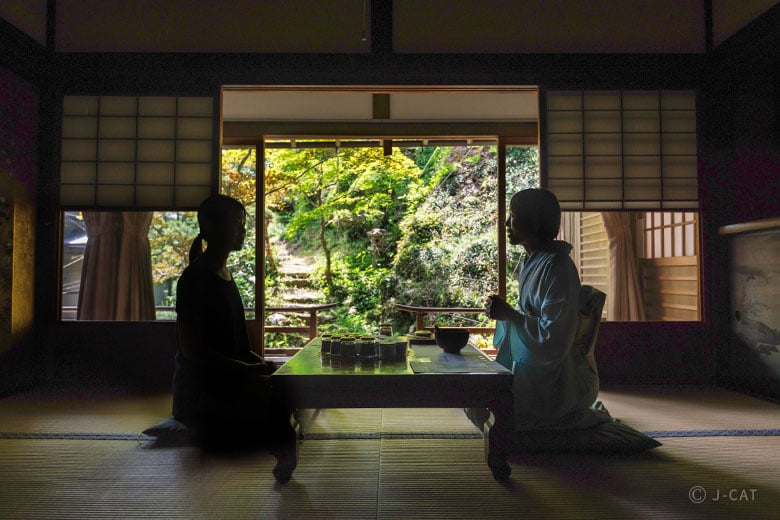
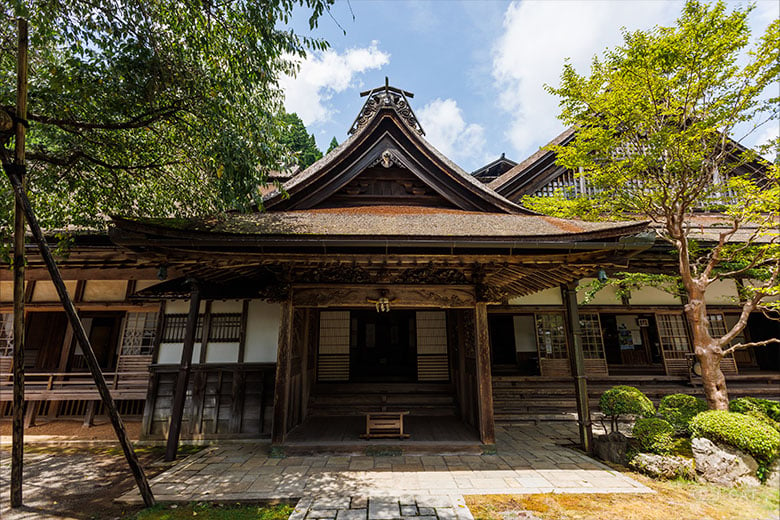
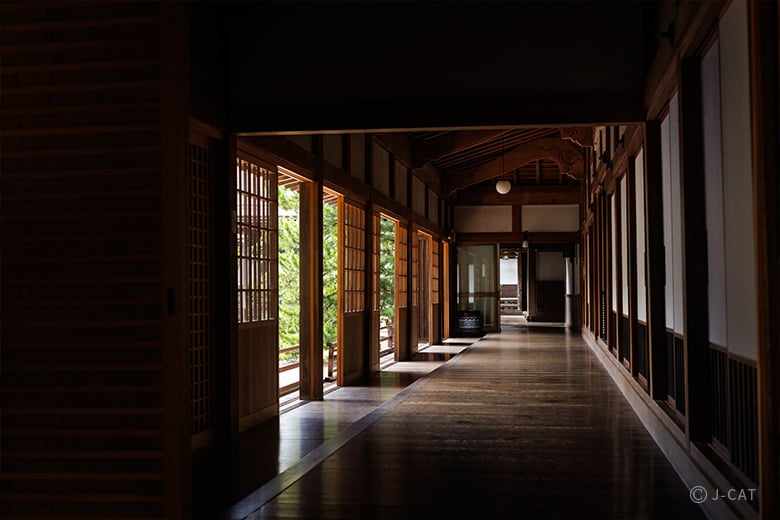
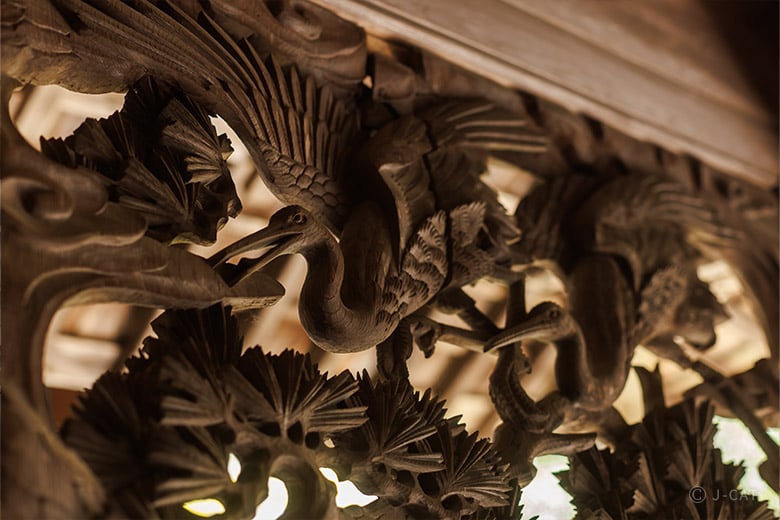
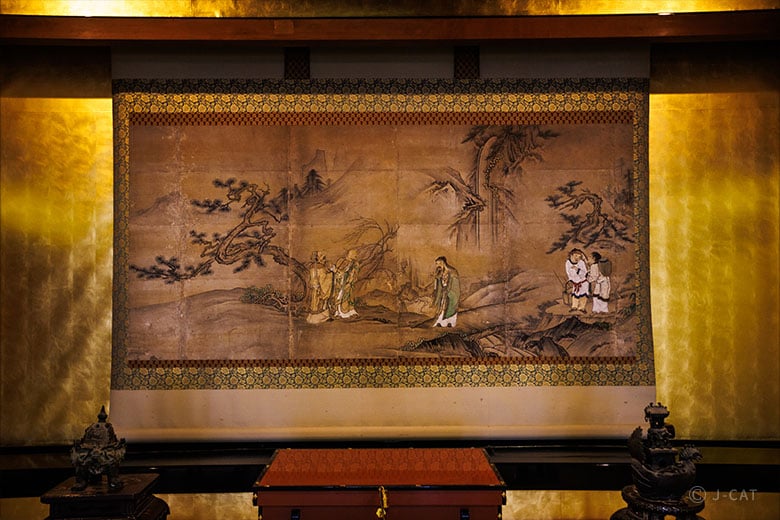
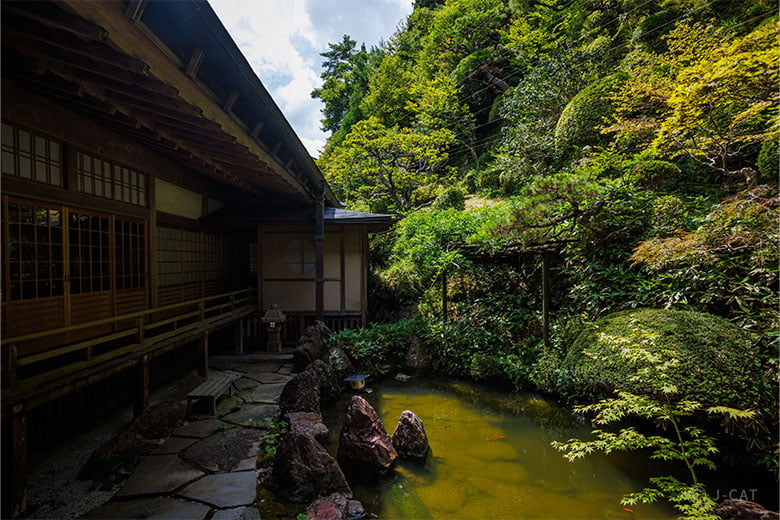
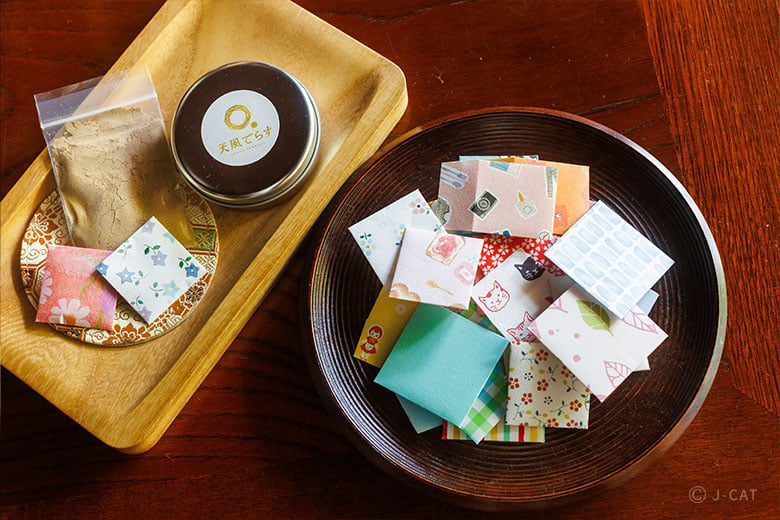
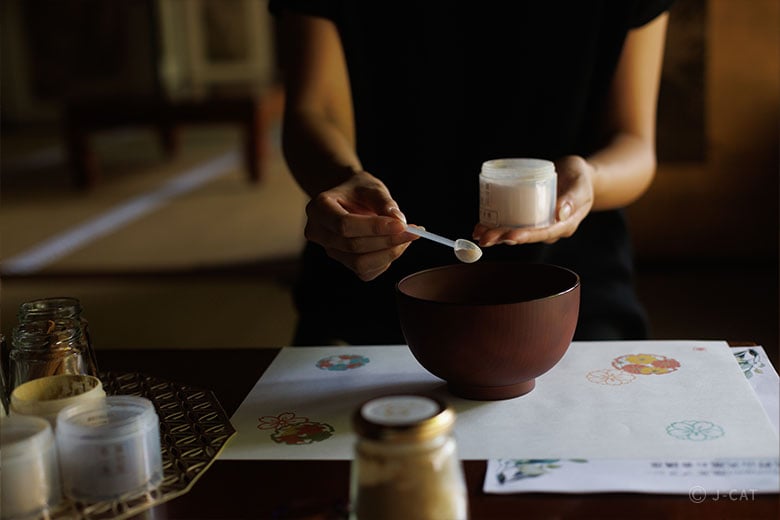
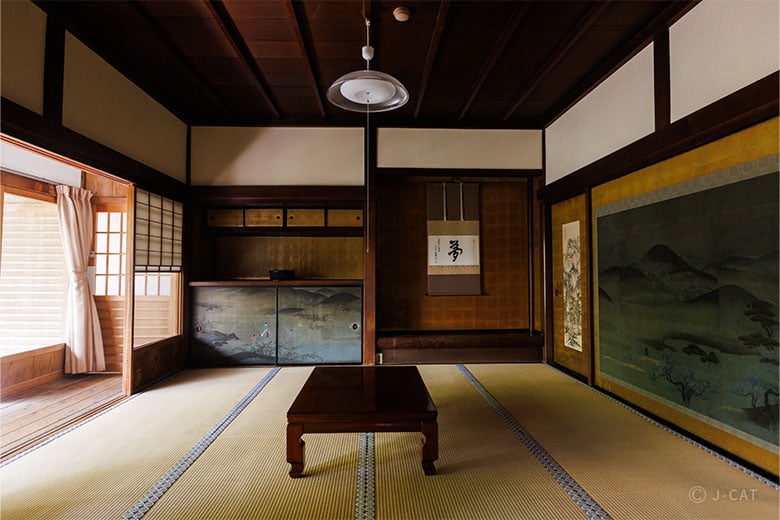
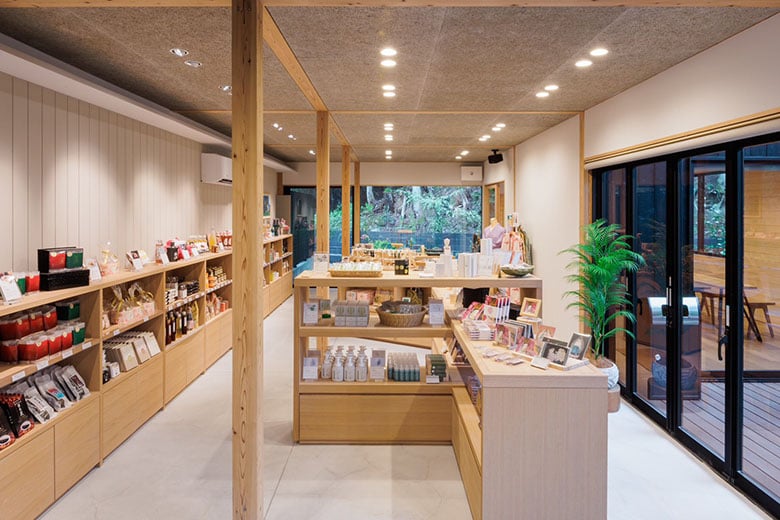
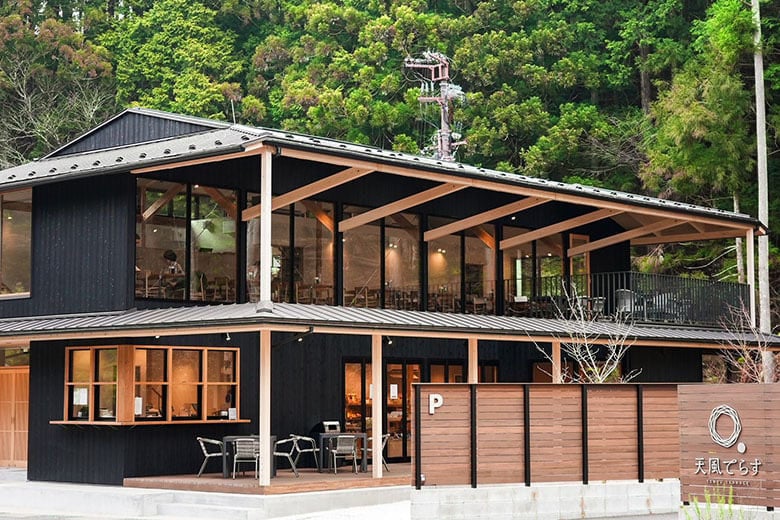
























Overview
Northern Wakayama Prefecture’s legendary Koyasan (Mount Koya) is a major holy site and pilgrimage destination for the esoteric Shingon Buddhism founded approximately twelve centuries ago by the originator of the sect, Kukai (also known posthumously as Kobo Daishi). This plan offers a chance to visit Shojoshin-ina, Special Head Temple of the complex, a stone’s throw from popular pilgrimage site Okuno-in, for a look at its precious treasures and an experience making zuko powdered incense. After the experience, sample Koyasan’s traditional sesame tofu at the Tempu Terrace complex and enjoy a Wabunka-exclusive lunch course of locally sourced ingredients. Relax in this sacred space in the clouds, where Kobo Daishi’s prayers resound to this day.
Key Features
・A Wabunka exclusive tour and incense-making experience at the Koyasan special head temple Shojoshin-in, using the traditional fragrance of the temple complex
・Enjoy a tasting of two varieties of tofu with five different toppings, used in the Shojingu ritual food offering to Kobo Daishi
・Delight in a lunch course bursting with local and traditional ingredients
・Especially recommended as a plan for guests lodging at a Koyasan temple
Kyoto/Osaka & around
180mins
from ¥45,100 /person
1 - 10 participants
Available in English
Cancel free up to 4 days prior
Details
Priceless Temple Treasures and the Legacy of Kukai
The Koyasan(Mount Koya) temple complex is famed as a major holy site of the esoteric Shingon sect of Buddhism. Located just before the major pilgrimage destination of Okuno-in, its historic Shojoshin-in sub-temple was founded along with Koyasan’s main temple Kongobu-ji some twelve centuries ago by the originator of the sect Kukai – also known posthumously as Kobo Daishi, meaning “Great Teacher of the Dharma”.

In this place filled with ancient treasures, the atmosphere of the founding days survives
Since its rebuilding under Taira no Munemori in the Heian period (794-1185), the temple counted numerous eminent warlords of the Sengoku period (c. 16th Century) among its faithful, and during the Edo period (1603-1868) it further rose in prominent to become one of Japan’s most influential temples. It is also known for its head priest Ikeguchi Ekan, a senior steward of the Koyasan Shingon sect, who was the first person in history to perform one million Goma fire rituals.

Guide Asami Baba was drawn here by the majestic and welcoming aura fostered by the watchful eye of Kobo Daishi
Your guide for the tour is Asami Baba, member of the Institute of Koyasan Culture and History, and third-generation proprietress of Ichinohashi Tempu and its second location, Tempu Terrace, both located directly opposite Shojoshin-in. Begin with a tour of the temple, visiting the jodan-no-ma (“upper space”), a magnificent room of gold leaf walls, shoji screens, and a stately high-hung coffered ceiling.

The jodan-no-ma is said to have once been used as a sitting room
Face to Face with the Buddha Amitabha, Who Watches over History’s Ebb and Flow
Move next to the Reihaido, a hall containing the memorial stones of such historical luminaries as famed Sengoku era warlord Kenshin Uesugi, novelist Natsume Soseki, and Mitsubishi founder Yataro Iwasaki. Shojoshin-in was a favored place of prayer for Kenshin Uesugi, and also the burial site for other feudal lords – a testament to its importance to the feudal lords of the Sengoku period.

Morning services are held every morning at six o’clock in the Reihaido, with the sound of recited sutras reverberating across the memorial stones of historical greats
Further in the temple sits the Kanjodo – the hall of the Buddha Amitabha (“Amida Nyorai” in Japanese), whose statue here is registered as a national important cultural property. Tour participants can get an up-close look at this treasure, believed to have been made by the legendary Buddhist sculptor Unkei in the Kamakura period (1185-1333). Its sanctified aura invites a prayerful approach.

Each person is said to see their own heart reflected in the facial expression of the Amitabha figure
Shojoshin-in is also well-known for offering an experience of the Goma, or sacred fire ritual. Commit your prayers to a wooden stick called a goma-gi, and let the consecrated mood wash over you as you give your mind over to a state of tranquil emptiness.
*Goma prayer services are offered every day starting at 13:00. Those wishing to have their goma-gi prayer stick burnt during the ritual can submit it to the temple office.
Creating Your Own Unique Incense from Soothing Natural Aromatics
The next stop is the Hosho, where you can experience making incense under the instruction of Asami Baba, who is also a certified master of incense and an expert on its ins and outs. Monks and temple worshippers use zuko powdered incense to purify themselves body and mind, and all the roughly ten varieties you can use in this experience are naturally-sourced, such as from the Japanese umbrella-pine native to Koyasan.
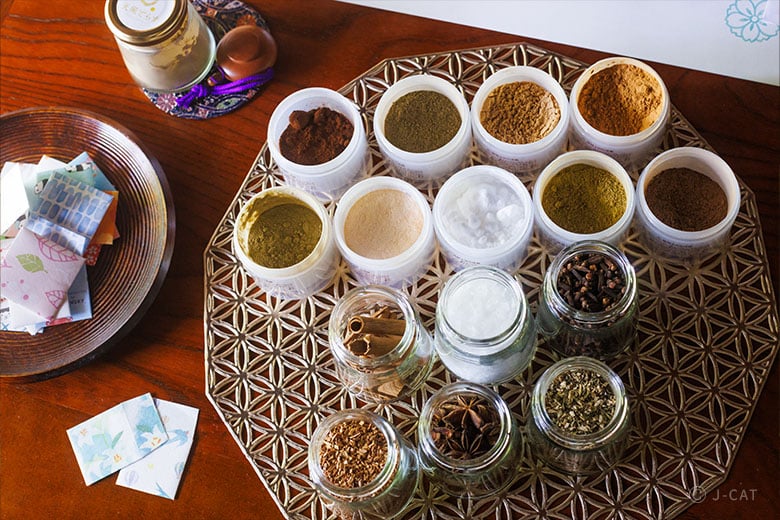
Natural incense ingredients that have also been used in traditional Chinese herbal medicine
Take a moment to appreciate the ingredients with all five senses, and feel free to ask Baba’s advice for how to use each, before you begin blending them to your liking. When you are satisfied with your blend, take a dash of the finished product and put it into a small washi paper bag to create an aroma sachet known as a fumiko. These sachets can be used to add an extra personal touch to a letter, placed in a wallet or purse or pocket or otherwise attached to clothing to imbue them with the aroma.
The remainder of your blend can be taken home as a souvenir. Be sure to store it in a cool dark place for about two weeks to give it a chance to “ripen,” and then enjoy its gradual mellowing over time thereafter.

Says Baba: “Incense fragrances are blended to suit each person’s individuality and how they intend to use them – for example as a relaxing bedside aroma
After blending, Baba will teach you how to apply incense. Buddhism emphasizes purification of three parts of the self that are thought to be susceptible to corruption by malevolent spirits: the so-called shin-ku-i, meaning “body-mouth-mind.” Rub your palms with incense before bringing them to your face to take slow deep breaths and allow the aroma to flow through you. “This rite of purification can be incorporated into routines for coping with daily stresses,” says Baba, “such as when you’re negotiating crowds or feeling unwell.” She also suggests carrying incense sticks as talismans.

Natural incense soothes with its rich aromas
Tempu Terrace, and the Tempting Terrain of Koyasan
After the temple tour and incense creation, the experience moves to the nearby Tempu Terrace complex for lunch.

“Tempu” means “Sky and Wind,” and the word “Terrace” is in Japanese a homonym for the word terasu, meaning “to illuminate” – making the name an evocative play on words
Tempu Terrace’s ground floor boutique shop stocks a variety of Wakayama specialties themed around the concept of “being kind to yourself.” Its rear area work space also hosts a variety of workshops for learning about the culture of Koyasan. The second floor cafe offers a plant-based, locally-sourced menu modeled on Buddhist temple devotional cuisine, as well as a gluten-free menu.
The Bounties and Food Culture of Koyasan
The first dish to try at Tempu Terrace is the sesame tofu from vegetarian restaurant Goma Tofu Hamadaya, a longstanding Koyasan fixture, loved for a simplicity of ingredients: meticulously peeled white sesame seeds, Maruyama Benten Shrine springwater, and 100% Yoshino brand authentic kudzu powder – the latter of which is a rarity in Japan’s sesame tofu products. This top shelf nibble is also served in the Shojingu ritual started by Kobo Daishi himself.

Sesame tofu that is said to be made while chanting the Heart Sutra
The Wabunka plan offers two types of sesame tofu for a comparative tasting – plain and matcha – with three toppings each. Kinzanji miso (thought to have been brought back from Tang Dynasty China by Kobo Daishi during his travels there), shichimi chili paste made with sansho pepper (a Koyasan specialty), and olive oil with salt. The Kyoto Ippodo Tea flavor is made with matcha powder and has a dessert-like sweetness sprinkled with wasanbon sugar. Enjoy a detailed explanation from Baba on the culture and preparation process of sesame tofu.

An assorted lineup of fresh ingredients grown in Wakayama Prefecture’s natural terroir (photograph is for illustrative purposes only)
Following the sesame tofu is a Wabunka exclusive course lunch made with traditional ingredients associated with Kobo Daishi’s life, including Kinzanji miso and red shiso perilla. Colorful appetizers made with fresh vegetables grown at the foot of the mountain are served up at their best as open-face sandwiches on Wakayama Prefecture rice flour bread. Each plate nourishes body and soul.

Dishes made with Wakayama specialties like sansho pepper, red shiso, and Kinzanji miso – thought to have been introduced to Japan from Tang Dynasty China by Kobo Daishi himself
A Place to Leave the Everyday Behind and Look After Yourself
“It brings me great joy if my visitors can forget about their worries and daily grinds during their time here and have a rare moment of respite,” says Baba. She loves Koyasan, right down to its history, culture, food, nature, and religion, and it’s infectious. Spend a little time in her presence seeing the mountain through her eyes, and you just might not ever want to leave either.

A breeze, a fragrance, a sunbeam, a sound – free your mind in the endless comforts of Koyasan
The scent of dewed trees in a fresh breeze. The soft kiss of sunbeams through the canopy. The buzz of insects and chirp of birds in the silence. There is no treat for the mind or body quite like the slow and easy respite of a day spent soaking in the rich bounties of Koyasan.
Shojoshin-in, Koyasan Shingon Sect Special Head Temple / Tempu Terrace

Shojoshin-in, Koyasan Shingon Sect Special Head Temple / Tempu Terrace
Shojoshin-in, Koyasan Shingon Sect Special Head Temple
This ancient temple located right next to the popular pilgrimage destination Okuno-in was founded by Shingon Sect founder Kobo Daishi (Kukai) during the Heian Period (794-1185). During the Edo Period (1603-1868), it became a sanctuary for feudal lords whose memorial stones still stand to this day. It is also famous for offering the goma ritual, in which prayers are offered daily through sacred fire, and Koyasan’s most beautiful views of the so-called kasa-zakura, or “umbrella cherry blossoms.”
Tempu Terrace
Ichinohashi Tempu is a Koyasan rest spot for pilgrims and tourists alike. Its second location, Tenpu Terrace, is a bustling hub with a boutique shop, workspace, and cafe that welcome visitors to experience the culture and charms of the mountain temple complex.
Location
Shojoshin-in, Koyasan Shingon Sect Special Head Temple
Ito District, Wakayama
Request for booking
Select first preferred date (JST)
December 2025
Sun
Mon
Tue
Wed
Thu
Fri
Sat

Instant Booking

Request Booking

17
Full

17
Unavailable
Kyoto/Osaka & around
180mins
from ¥45,100 /person
1 - 10 participants
Available in English
Cancel free up to 4 days prior
Things to know
Contact Us
If you have any questions, please contact us using the form below.
We also accept bookings from corporate clients and travel agencies.